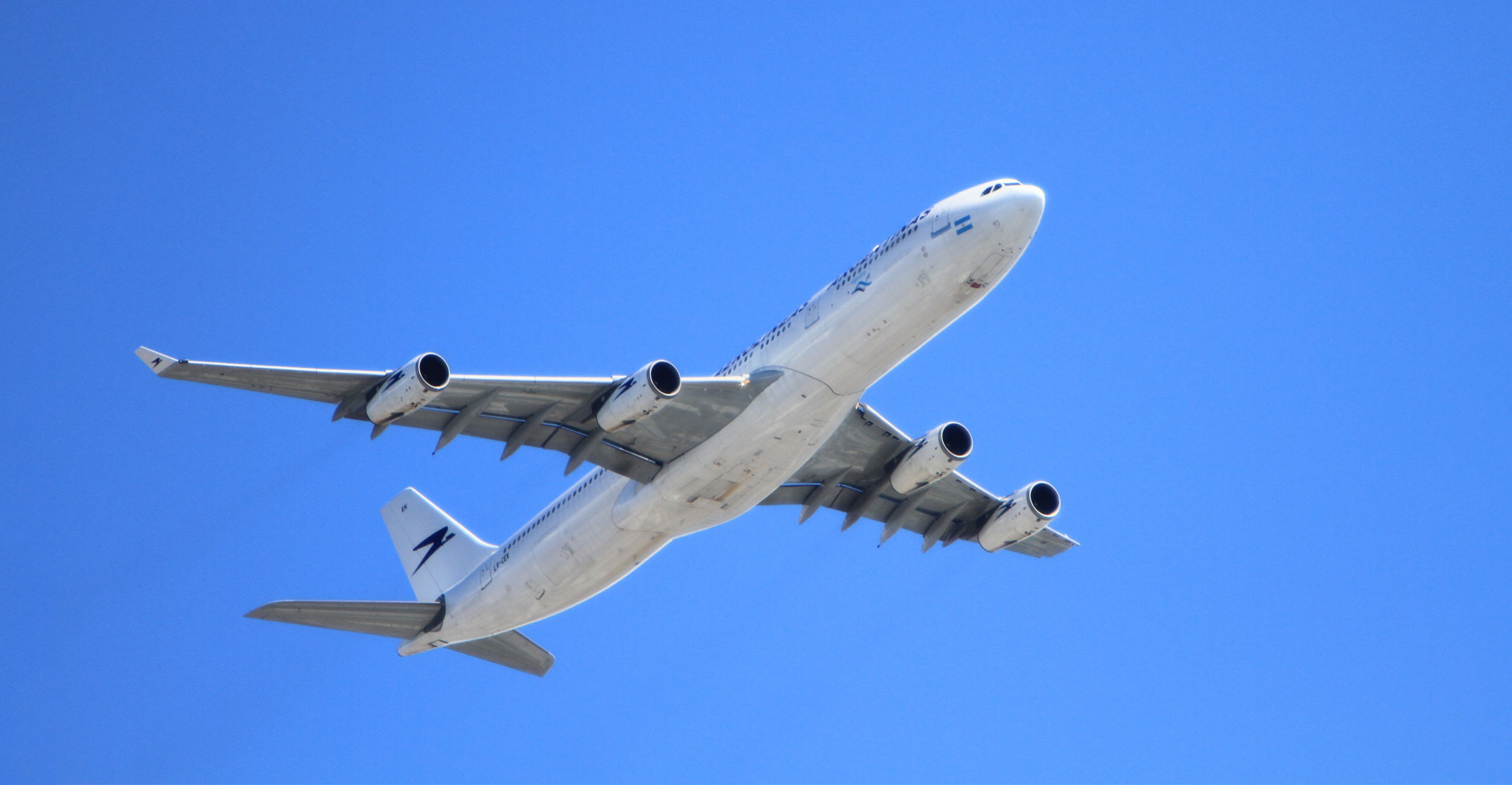 Several international airlines recently cancelled flights into certain US airports over concerns the roll-out of 5G mobile communication technology could interfere with some planes’ equipment.
Several international airlines recently cancelled flights into certain US airports over concerns the roll-out of 5G mobile communication technology could interfere with some planes’ equipment.
After warnings about the potential problem from aviation bosses and the Federal Aviation Administration, telecommunications companies AT&T and Verizon Communications delayed activating some 5G masts around US airports.
But how could 5G interfere with planes? And can the problem be fixed? Let’s take a look.
Currently being deployed in several countries around the world, 5G is the fifth generation of mobile phone technology. It could offer network speeds up to 100 times faster than what we’ve experienced with 4G.
To ensure high speeds with the widest possible coverage, AT&T and Verizon had planned to offer 5G Internet using something called C-band frequencies, a type of radio frequencies (or radio waves) between 3.7GHz and 3.98GHz.
These frequencies are adjacent to those used by modern aircraft to measure altitude. An important piece of an aircraft’s equipment, called a radio altimeter, operates on C-band frequencies between 4.2GHz and 4.4GHz. Pilots rely on radio altimeters to land the plane safely, particularly when visibility is poor, for example, when the airport is surrounded by high mountains or when conditions are foggy.
Narrow gap
The concern is that, due to the narrow gap between the frequencies of the 5G and the radio altimeters, the radio waves from 5G towers near airports could cause interference. That is, people using 5G on their phones could inadvertently distort or damage the radio altimeter’s signal.
If this happens, even for a few seconds, it could mean the pilot doesn’t receive the correct information during landing. It is for this reason that the US Federal Aviation Administration raised concerns.
Other countries rolling out 5G are using C-band frequencies that overlap with or are close to those of radio altimeters, without any reported problems. For example, in the UK, 5G goes up to 4GHz. Having no or few mountains around airports reduces the risk.
Some other countries operate their 5G on a frequency slightly further away from that of the aircraft equipment. In the European Union, for example, 5G goes up to 3.8GHz. This could be a good option for US airports.
 The best option, in the long run, would be to use a much higher band for 5G, such as 24GHz to 47GHz. At these frequencies, data speeds are significantly higher, although the coverage area of each cell will be much less (so you would need more towers).
The best option, in the long run, would be to use a much higher band for 5G, such as 24GHz to 47GHz. At these frequencies, data speeds are significantly higher, although the coverage area of each cell will be much less (so you would need more towers).
There’s also an option to reduce the signal strength from the towers around airports, which has reportedly been done in France and Canada. This is not about changing the frequency — signal strength is measured in decibels, not gigahertz – but limiting the signal power can reduce the likelihood of interference with neighbouring bands.
Another potential solution would be to adjust the frequency range of radio altimeters. But this would take a long time and probably be resource intensive for the aviation industry.
While the risk of an in-flight complication due to 5G interference may be very low, as we’re talking about human safety we need to take any possible risks very seriously. The move to delay rolling out 5G masts near US airports is a good option while the relevant authorities determine the safest way forward.![]()
- Written by Sufian Yousef, associate professor, director of the Telecommunications Engineering Research Group, faculty of science and engineering, Anglia Ruskin University
- This article is republished from The Conversation under a Creative Commons licence

